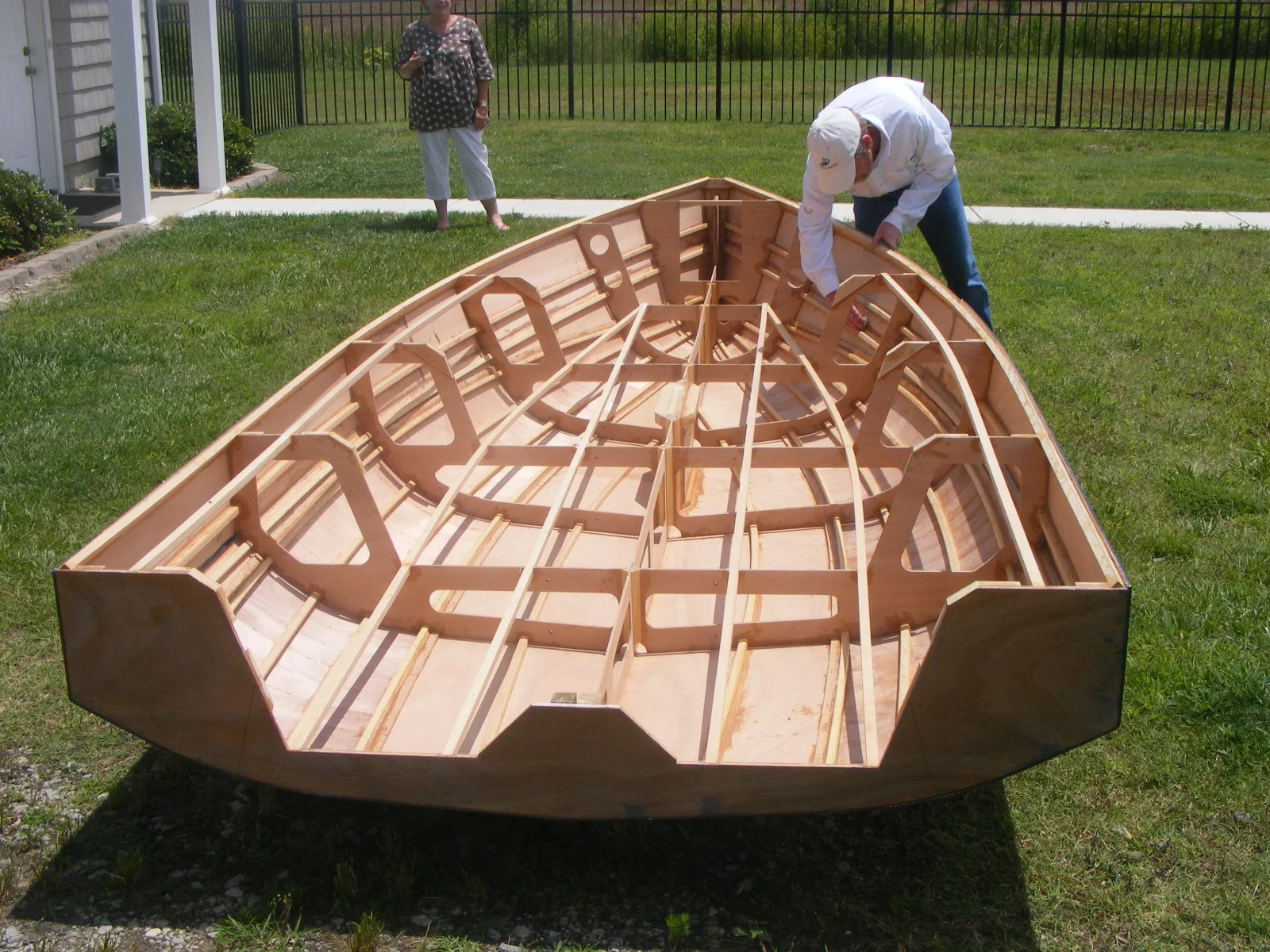Friday, December 6, 2024
Step Up Your Boat-Building Skills with Timber Boat Plans

Beyond the Blueprint: Unveiling Hidden Potential in Timber Boat Building
Timber boat building, a timeless craft, often feels steeped in tradition. But what if we looked beyond the familiar plans and explored the untapped potential within? This article delves into often-overlooked aspects of timber boat construction, using a question-and-answer format to spark new perspectives for hobbyists, professionals, and educators alike.
The Unsung Heroes: Material Selection Beyond the Obvious
Q: Aren't all hardwoods created equal for boat building?
A: Absolutely not! While traditional choices like oak and cedar reign supreme, exploring lesser-known, sustainably sourced hardwoods can offer surprising advantages. Consider the strength-to-weight ratio of ash, the rot resistance of certain species like iroko (found in Africa, sustainably harvested), or the beautiful aesthetic of locally sourced hardwoods. Researching the properties of wood from your region could lead to unique and environmentally friendly boat designs. Recent studies by the International Association of Wood Anatomists (IAWA) highlight the diverse mechanical properties found in lesser-known species â€" offering opportunities for innovation in hull design based on wood choice.
Q: How can I minimize environmental impact while sourcing timber?
A: The environmental footprint of boat building is significant. Look for sustainably harvested timber certified by organizations like the Forest Stewardship Council (FSC). Consider using reclaimed wood â€" old barns, railway sleepers (after proper treatment), and even salvaged lumber can add character and reduce waste. This approach, while demanding more preparation, often provides unique timber with proven durability. Furthermore, exploring alternative materials like bamboo (for specific components) presents exciting possibilities, although research into its longevity in marine environments is still ongoing.
Beyond the Plans: Designing for the Unexpected
Q: Why should I deviate from established boat plans?
A: While plans provide a solid foundation, rigidly adhering to them can stifle creativity. Consider modifying designs to optimize for specific local conditions. A shallow-draft hull might be ideal for navigating a river system, while a specific keel design could minimize drag in a particular wind pattern. Analyzing local weather data and water conditions, alongside plan adaptations, can create a superior vessel for your unique environment.
Q: What are some unconventional design considerations?
A: Think beyond the classic lines. Incorporate modern design principles, drawing inspiration from other fields. For instance, consider biomimicry â€" studying how nature solves design problems, such as the hydrodynamic efficiency of certain fish or the structural integrity of bird bones â€" to inspire innovative hull shapes and internal support structures. This is an area requiring extensive research and digital modeling, but the potential rewards are significant.
The Human Element: Skill Development and Community
Q: How can I upskill beyond the basic techniques?
A: Traditional boat building focuses heavily on manual skills. However, incorporating digital tools like CAD software for design, CNC routing for precise cuts, and 3D modeling for complex shapes can drastically improve efficiency and precision. Online courses, workshops, and collaborations with other craftspeople offer invaluable opportunities to refine skills and expand knowledge. This blending of traditional craftsmanship with modern technology is crucial for future generations of boat builders.
Q: How can I tap into the wider boat building community?
A: Connecting with experienced builders, sharing knowledge, and learning from others' mistakes is invaluable. Online forums, local woodworking clubs, and even attending boat shows create opportunities for collaboration and mentorship. Documenting your own projects â€" including challenges faced and solutions implemented â€" can enrich the collective knowledge base and inspire others. This collaborative approach fosters innovation and ensures the continuity of this rich craft.
Ultimately, mastering timber boat building is a journey, not a destination. By embracing new perspectives, combining traditional techniques with modern tools, and fostering a collaborative spirit, we can unlock the hidden potential within this timeless craft, leading to more sustainable, innovative, and beautiful vessels for generations to come.
No comments:
Post a Comment
Note: Only a member of this blog may post a comment.